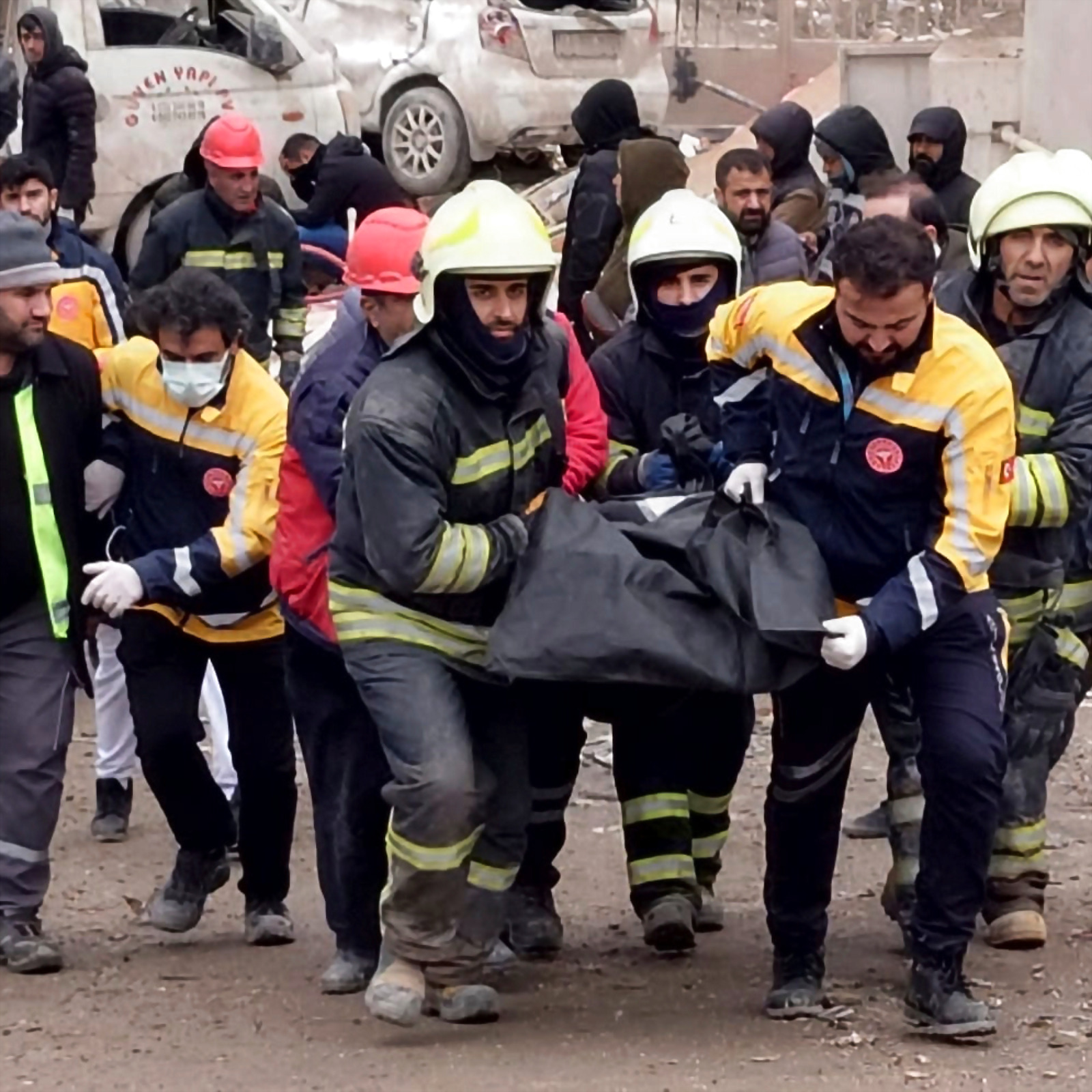
views
According to reports, a new earthquake – a major aftershock – has struck South Turkey. The tremors measured at 7.8 magnitude on the richter scale deal a shocking blow after hundreds were killed in a powerful earthquake of the same magnitude in southern Turkey and northern Syria early Monday.
What is An Aftershock?
Seismic waves are what create earthquakes, which are sudden episodes of the ground trembling (which result from the energy released by the breaking and slippage of one set of rocks against another). The phrase “aftershock” refers to the shaking that occurs after an earthquake.
Although aftershocks are indeed earthquakes, it is more accurate to refer to them as the smaller earthquakes or shocks that follow the primary one (that is, the largest earthquake in a sequence of earthquakes), a report by Britannica states.

The rocks nearby are subjected to additional pushing, pulling, and twisting strains during an earthquake because some of the energy produced during the abrupt rock splitting is transmitted to them.
When the rocks can no longer withstand the strains, they shatter as well, releasing more stored energy and causing additional faults in the rock. In this fashion, aftershocks follow earthquakes, and smaller aftershocks follow smaller aftershocks.
In the hours and days that follow an earthquake, aftershocks are more common and typically have a greater magnitude. Their size and frequency do, however, diminish over time. Although most aftershocks have relatively low shaking compared to the main earthquake, they can nonetheless be strong enough to hinder rescue attempts by further eroding buildings and other structures, the report explains.

Additionally, aftershocks can be upsetting for locals who are already dealing with the devastation and fatalities caused by the first quake.
Difference Between Foreshocks and Aftershocks
Foreshocks are smaller earthquakes that occur in the same place before larger ones. A smaller earthquake in the same region must first occur in order to classify an earthquake as a foreshock.
Smaller earthquakes known as “aftershocks” are those that happen in the same general location days to years after a bigger event or “mainshock.” They happen between 1-2 fault lengths distant and just before the background seismicity level picks back up, a report by USGS explains.
More about the Main Earthquake
The quake, felt as far away as Cairo, was centered north of Gaziantep, a Turkish provincial capital.
It struck a region that has been shaped on both sides of the border by more than a decade of civil war in Syria. On the Syrian side, the swath affected is divided between government-held territory and the country’s last opposition-held enclave, which is surrounded by Russian-backed government forces. Turkey, meanwhile, is home to millions of refugees from that conflict.

The opposition-held regions in Syria are packed with some 4 million people displaced from other parts of the country by the fighting. Many of them live in buildings that are already wrecked from past bombardments. Hundreds of families remained trapped in rubble, the opposition emergency organization, called the White Helmets, said in a statement.
Strained health facilities and hospitals were quickly filled with wounded, rescue workers said. Others had to be emptied, including a maternity hospital, according to the SAMS medical organization.
With inputs from the Associated press
Read all the Latest Explainers here















Comments
0 comment